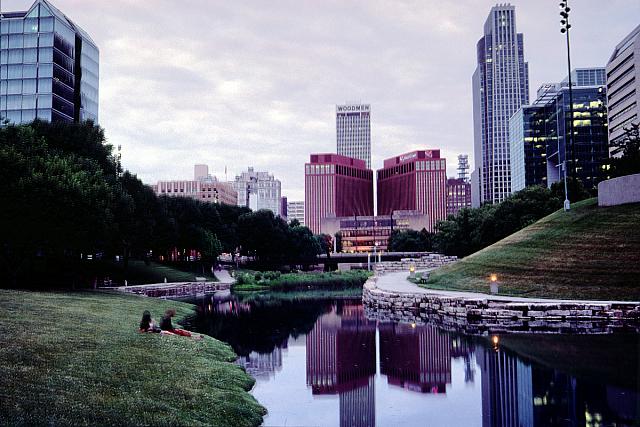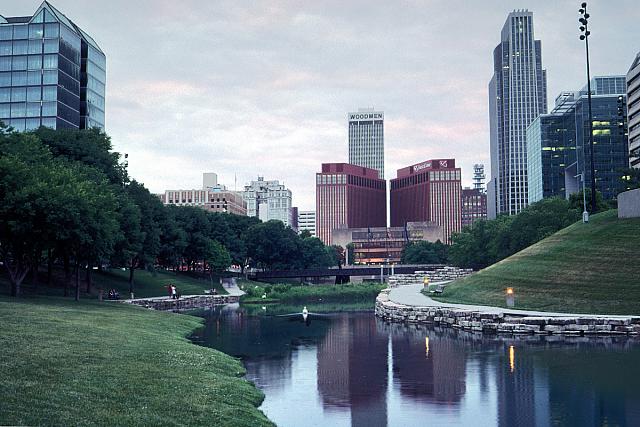dmr
Registered Abuser
Has anyone ever tried something like this?
If so, any success? What software did you try?
If so, any success? What software did you try?
I don't see why one should try this?
It is not going to look better than digital HDR and not much like film, so why spend so much?



I don't see why one should try this?
It is not going to look better than digital HDR and not much like film, so why spend so much?
Done it, works great for getting a bit more shadow detail on positives. In Photoshop, I use File->Scripts->Load Files into Stack, and then make sure the "align images" option is checked.
More shadow detail. HDR is a bad word for it as HDR is so overdone these days.
Well HDR is simply High Dynamic Range, some people over do it, but doesn't necessarily need to be overdone to count as HDR.






